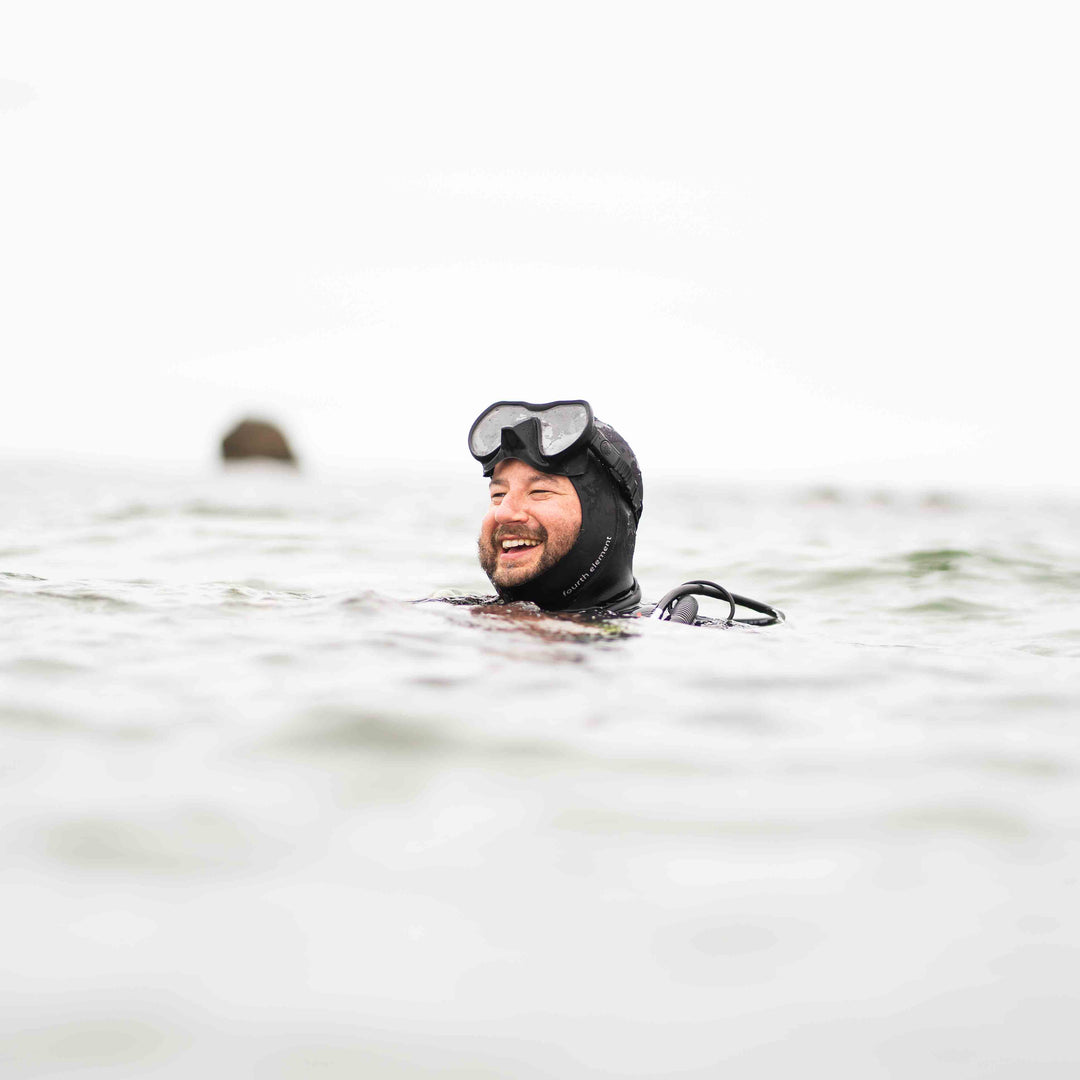I've always yearned to own a van. I can't remember exactly when I decided I wanted one, but the idea of buying one and converting it into a camper dayvan for all my adventures and projects has been a romantic fantasy for a few years.
I'm still a relatively new driver on the road; I passed my test in 2010 and having spent half the time since then at university meant I couldn't afford to run a car. There also didn't seem to be the need for one as parents or friends would quickly descend to help on the rare occasions when I needed wheels. But that didn't stop me wanting wheels of my own. So when I was presented with my glorious, blood-red 1997 Rover 200 upon graduating, one can imagine how over the moon I was! Freedom!

I quickly dubbed "him" Lionel (the letters in the number plate spell Ritchie...) and madly began adding to his unusually low mileage. It was a wonderful year filled with road trips, the inevitable breakdowns and some occasional amateur rally driving. And despite a few rust problems, he unexpectedly sailed through the MOT as well. Which got me thinking...
I had spent a few nights in the car sleeping in the fully reclined drivers seat. I'd even managed a night lying across the back seats with Chloe (my other half) which, for a chap of my height is no mean feat. This bought me back to the idea of converting a van. I still couldn't afford one, but here I had a perfectly adequate vehicle that was already serving me well. So I did some digging to see what a conversion might look like in a hatchback, and it turns out I wasn't the only one with the idea. Scores of people (mostly climbers) had chosen the cheaper alternative over the more expensive camper vans.
And from then, Lionel became a rolling project. Day one was spent tearing out the rear seats, seatbelts and trim from the back of the car. This shaved a fair amount of weight off the rear axle but gave us a good idea of what space we had to work with. We then sealed the car as best we could refurbishing the rubber seals and using silicone sealant to reenforce them. This included the lights, the roof rack tracks in the roof, and the rear windows.

The first major step of the conversion was putting the floor into the back. This was done using a single piece of 12mm plywood as a base, as well as a storage bin in the spare wheel cavity for climbing shoes, chalk bags and trinkets. We mapped out the shape of the floor and cut it to size with the help of Mark (Chloe's dad) and his workshop, and mounted it on a box that sat over the fuel tank where the rear seats used to be.
In order to give enough length for all six and a half feet of me to lie down on, we had to come up with a split floor design that could be folded out to full length, or stowed away for driving. The whole thing was then covered with two layers of underlay and an off-cut of Axminster carpet generously donated by Chloe's folks. The whole floor was packed with loft insulation underneath for extra warmth, as well as in the side panels where the speakers now live. The roof was also insulated using rough bits of polystyrene and expanding foam was used everywhere else. Super warm!
Various other little additions have been made such as privacy tint on the rear windows and some minor mechanical surgery. The project is still very much unfinished but in his current state, Lionel is a fully functioning micro camper with a fully insulated, slightly-smaller-than-queen-size double bed base in the back. We have spent a few nights in it with the view to planning some road trips in the summer and enjoying Lionel as much as possible before the dreaded MOT...

I've had various comments from friends and people passing by about the car, mostly comments of surprise and wonder; there is a deceptive amount of space in the back of Lionel! A lot of people don't realise the space and potential in the back of smaller cars and what can be done with some plywood, a box of screws and scrap loft insulation. Regardless of the changes to the vehicle details and informing the insurance company about the modifications, the micro camper project has so far been fairly painless, straightforward and cheap (to date, it's cost me approximately £150). I've learnt a lot over the last few months while putting Lionel together with the help of Chloe and Mark, and there are perhaps some things I might do differently when I come to converting another vehicle. But I would say this:
If you are considering a camper or day van for your outdoor lifestyle, have another look at what you could do with what you've got before buying something new. You might just surprise yourself!

Please do get in touch if you've got a project of your own, or simply if you want to chat about Lionel; I'm open for tips and hints, and happy to help!
Get set for your next adventure:













Leave a comment